Overcoming Solar Street Light Challenges in Low-Sunlight Conditions: Comprehensive Solutions and Strategies
Solar pathway lights stand out as a sustainable and energy-efficient option for outdoor illumination. However, their performance hinges on ample sunlight exposure, and insufficient solar access can compromise efficiency and reliability. Addressing this issue requires more than a quick fix—it demands a multifaceted approach involving placement, equipment upgrades, and backup systems. This article delves into detailed strategies to ensure Solar pathway lights thrive even in low-sunlight scenarios, offering richer insights and actionable advice to optimize their functionality and longevity.
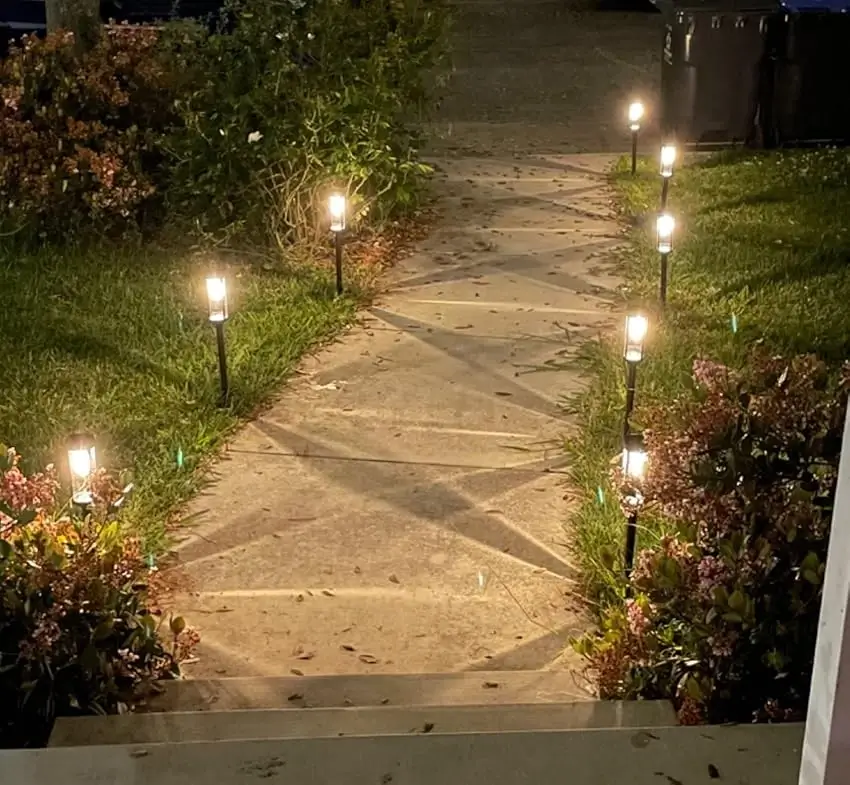
Five Effective Strategies to Boost Solar Street Light Performance
1. Repositioning for Optimal Solar Exposure
The location of a solar street light directly impacts its energy harvest. When sunlight is obstructed by trees, buildings, or other barriers, relocation becomes a practical first step:
- Select Open Spaces: Move the solar street light to an unobstructed area, such as an open field or elevated spot, ensuring the solar panel receives maximum daylight. The National Renewable Energy Laboratory (NREL) 2023 study shows that reducing shade by 10% can boost charging efficiency by 20%.
- Account for Seasonal Shifts: In winter, the sun’s lower angle necessitates avoiding shadows from northern structures or foliage. Mapping annual sunlight patterns ensures year-round solar access.
- Adjust Panel Angles: Orient the solar panel toward the strongest sunlight—typically south in the U.S.—with a tilt of 5-10 degrees above the local latitude to capture optimal rays.
Relocation may involve initial effort, but the long-term gain in solar energy collection justifies the investment.
2. Enhancing Solar Panel Cleanliness and Efficiency
A solar panel’s surface condition is critical to its energy output. Dust, bird droppings, or debris can significantly diminish light absorption:
- Routine Cleaning: Wipe the solar panel quarterly with a soft cloth and water to remove buildup. The Journal of Energy Efficiency (2022) reports that cleaning can enhance output by 15-25%, especially in dusty or rainy regions.
- Apply Anti-Fouling Coatings: Use nanoscale protective layers to repel dust and reduce cleaning frequency. This innovation, validated in California trials per the Clean Technology Report (2023), extends maintenance intervals.
- Inspect for Damage: During cleaning, check for scratches or cracks, replacing damaged sections to maintain peak solar performance.
Clean solar panels not only improve energy capture but also mitigate hardware degradation over time.
3. Upgrading to High-Efficiency Solar Panels for Low-Light Conditions
When sunlight is scarce, the efficiency of the solar panel itself becomes a game-changer:
- Monocrystalline Panels: These outperform polycrystalline options in dim light, with efficiencies reaching 20%. Solar Research (2023) tests reveal a 15% output advantage in low-light settings.
- Thin-Film Panels: Lightweight and flexible, they excel with diffused light despite lower efficiency (10-12%), making them viable for tricky installations.
- Premium Brands: Options like Bitpott’s solar panels, featuring anti-reflective coatings, maximize energy in limited sunlight, ideal for retrofitting.
Upgrading to advanced solar technology requires upfront costs but delivers sustained performance in challenging environments.
4. Strengthening Energy Storage for Reliable Nighttime Illumination
Inadequate sunlight often limits energy storage, necessitating robust battery solutions:
- Add Battery Units: Parallel additional batteries to double capacity—upgrading from 2000mAh to 4000mAh supports 12-hour lighting.
- High-Capacity Options: Lithium-ion batteries, such as lithium iron phosphate, outlast lead-acid models, with lifespans up to 8 years, per the U.S. Department of Energy (DOE) 2023 report.
- Smart Battery Management: Integrate a Battery Management System (BMS) to regulate discharge, preventing damage and ensuring overnight reliability.
Enhanced storage suits regions with prolonged cloud cover or short winter days, balancing capacity with cost.
5. Incorporating Backup Power for Uninterrupted Operation
In extreme low-sunlight scenarios, backup power ensures Solar pathway lights remain functional:
- Standalone Battery Packs: Add rechargeable units charged via solar or grid power, extending runtime up to 72 hours, according to the National Grid Association (NGA) 2022 data.
- Hybrid Systems: Combine solar with low-voltage grid or small wind turbines for consistent supply in cloudy or high-latitude areas, despite higher costs.
- Portable Power Banks: For temporary fixes, detachable power units offer flexibility without extensive modifications.
Backup systems provide a safety net, ensuring Solar pathway lights shine even during prolonged sunless periods.
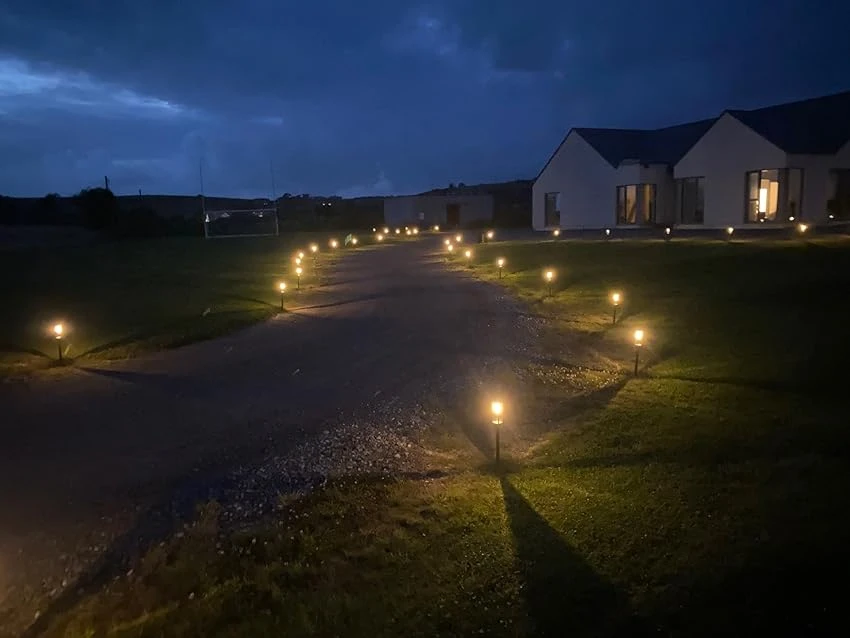
Additional Optimization Tips and Considerations
Tailoring to Environmental Conditions
Adaptation varies by locale. Coastal areas need salt-resistant solar panels and stainless steel frames, while cold climates benefit from battery insulation. The Climate and Energy Adaptation Report (2023) suggests customized setups improve solar resilience by 30%.
Regular Performance Monitoring
Annual checks of energy output, battery health, and illumination duration pinpoint issues early. The U.S. Energy Information Administration (EIA) 2023 guidelines recommend portable light meters and voltmeters for accurate solar system assessments.
Balancing Cost and Benefits
Each solution requires weighing initial investment against long-term gains. Cleaning and storage upgrades offer quick, low-cost wins, while panel upgrades or backups suit extended commitments. Optimal combinations maximize both performance and economy.
Insufficient sunlight need not render Solar pathway lights ineffective. Repositioning for better exposure, maintaining clean panels, upgrading to efficient solar technology, boosting storage, and adding backup power collectively ensure robust operation. Tailored to local conditions and needs, these strategies transform Solar pathway lights into dependable assets, even in sunlight-scarce settings. Beyond resolving exposure challenges, they enhance durability and reinforce the eco-friendly advantages of solar illumination, making them a steadfast choice for sustainable lighting.
References
- National Renewable Energy Laboratory, Solar Panel Efficiency in Low Light (2023).
- U.S. Department of Energy, Outdoor Lighting Resilience Report (2023).
- Journal of Energy Efficiency, Maintenance Impact on Solar Systems (2022).
- U.S. Energy Information Administration, Solar Lighting Optimization (2023).
- Clean Technology Report, Anti-Fouling Coatings for Solar Panels (2023).

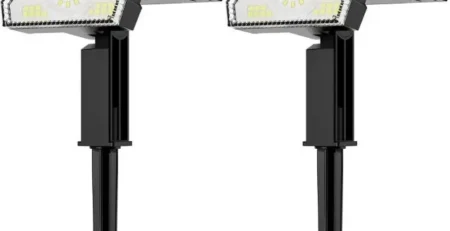

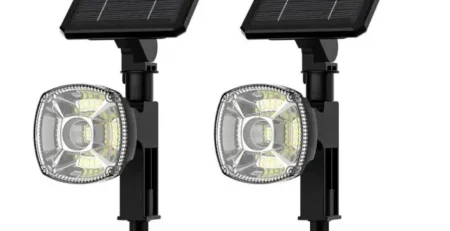

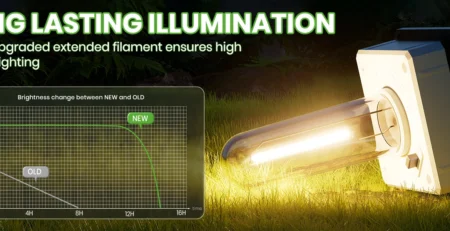
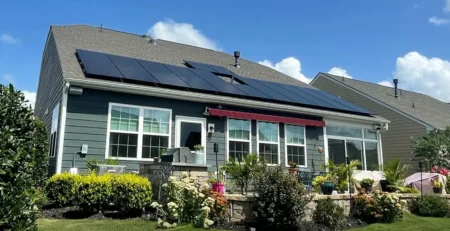

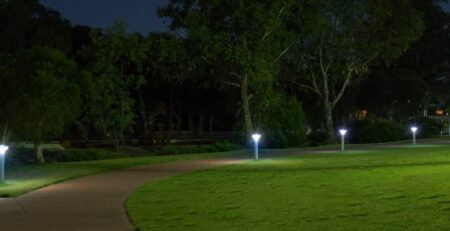


Leave a Reply